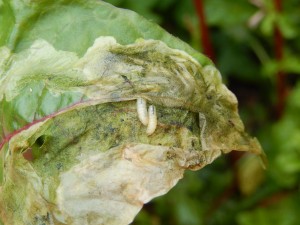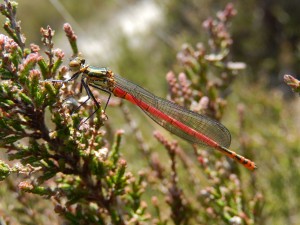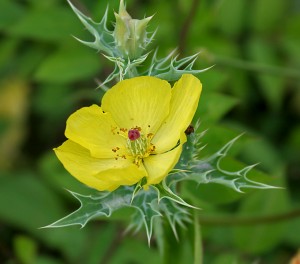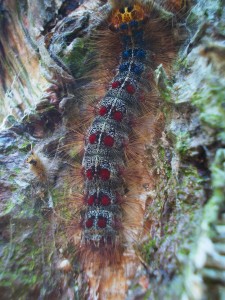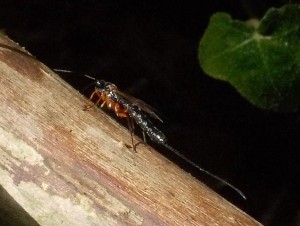There is something distinctly odd about the British love of nature. I mentioned the subject at a book launch the other day, and the person I was chatting to said, between sips of the very nice white wine and a nibble of the focaccia, that he thought the British were not really in love with nature any more as a personal activity, but were just consumers, passively and vicariously absorbing what is offered up as a commodity. I said that was ‘interesting’.
The ‘in love’ view of the British perhaps blends several different stereotypes. One is the obsolete stiff upper lip, the naturalist out in some far outpost of forgotten empire, enthusiastically carrying on studying phasmids like James Wood-Mason, writing obscure papers in the Journal of the Asiatic Society of Bengal for the benefit of anyone of similar inclination.
Another is the hugely enthusiastic amateur naturalist – the keen birdwatcher, entomologist or botanist with telescope, moth-trap or vasculum always to hand, hoping to add a species or two to a county list.
Yet another is the happy gardener, always outside – rain or shine – pruning, digging, composting, planting, watering, weeding.
The stereotype that my wine-sipping acquaintance had in mind was presumably rather different: couch potatoes, relaxing with a remote in the sitting-room, allowing an hour of television gardening with Monty Don or a year in the life of some wildlife area – the Canadian Rockies or the Great Barrier Reef, the Patagonian plains or the last surviving bit of the Sundarbans, or worse, all of the above, cut together by an editorial team with a high concept of Surviving Against All the Odds or something – to wash over their minds, leaving no particular trace other than a feeling of having seen a lot of colourful flickering images.
Personally, I doubt that picture is fair, though like all stereotypes it must make some contact with reality somewhere. People are all different, and everyone needs to relax sometimes.
A truth, though, that everyone who likes some kind of experience of nature, live or through book, film, photograph or website, is that if we’re studying or watching nature without doing something to help protect it, we are ignoring a very large existential threat indeed. Assuming we manage not to destroy ourselves in a nuclear war, we are going to have to work out how to survive an ecological disaster of our own making. Its epic proportions are becoming clear: the last time anything like this happened was at the end of the Cretaceous period 66 million years ago. Whether Luis Alvarez was right that an asteroid or comet crashed into the Earth to form the Chicxulub crater, the debris thrown into the atmosphere causing something like a nuclear winter, it is certainly the case that huge numbers of species became extinct very quickly, including all the world’s large dinosaurs (yes, I know we have the birds still with us, and they’re in the dinosaur clade) along with perhaps three quarters of all other kinds of living thing.
You may perhaps feel somewhat untroubled by the idea that the world of your grandchildren might have no tigers or rhinoceroses in it; or even that there would be no areas of rainforest outside national parks – the Amazon and the forests of Sumatra and Borneo are well on the way there already.
You might be slightly less thrilled at the news that many of the world’s hotspots for variety of animals and plants will be gone completely: as South Africa becomes warmer and drier, the whole Cape region as understood by botanists will move southwards – into the ocean – and disappear forever, that incredible wealth of flowers, all those extraordinary Proteas, will remain only as a memory.
Perhaps even that isn’t too worrying, just news from a far country? Well, the sea level will rise by several metres when the Antarctic ice-cap melts, flooding coastal plains and threatening to drown many cities.
Not a problem? Global warming, whatever may have caused it, is already making deserts expand. Droughts will become year-long from California to southern Spain, Sahel to Australia. Food prices will rise drastically; wars will be fought over water and other critical resources.
Still not your problem? Farmland all across America and Europe is already denuded of crop pollinators, especially honeybees and bumblebees. Grasses like wheat and rice are not affected, but much of your food, and vital fodder crops for farm animals – from alfalfa to zucchini – is utterly dependent on pollination, and it’s in free fall.
What is all this about? How have we got into the crazy situation that half of us – some of us anyway – love the idea of nature, love to look at it (at least the pretty bits), while the rest (ok, possibly nearly everyone, whether we like nature or not) see themselves as separate from it? How separate can we be when we depend on it absolutely for the air we breathe – all the oxygen produced by green plants – and the food we eat – all our food coming from animals and plants? What are all those student notes in English literature about ‘man v nature’? We are part of nature. It isn’t even that nature is our survival blanket. We, like all other living things, are part of an ecosystem. The mosquitoes that bite you on holiday are in no doubt that you are edible. You eat chickens or carrots, beef or beans. Billions of bacteria in your gut share that food with you, consuming some, helping you absorb the rest. Eventually, bacteria will consume you, if you don’t get yourself cremated first. You are part of nature, no doubt about it.
So, how are you going to change what you do, to help keep this system working? Right now, it’s already badly broken, and getting worse each year. We haven’t got long to fix it.

